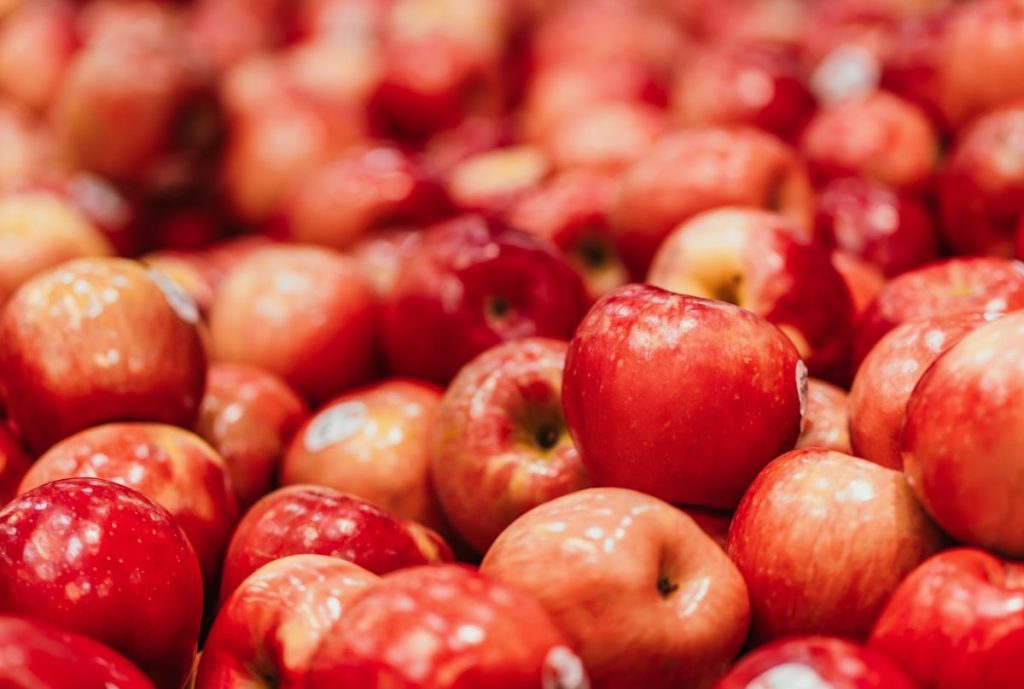In the grand tapestry of agricultural history, few relationships are as sweet and symbiotic as that between honeybees and apple trees. Imagine a world without the buzz of bees flitting from blossom to blossom or the crisp crunch of a freshly picked apple. Hard to picture, isn't it? This intricate dance of pollination not only yields the fruit that fills our pies and lunchboxes but also underpins a crucial ecosystem service essential for the production of many foods we take for granted. Celebrated on May 20, National Honeybee Apple Day might not be marked in bold on most calendars, yet it highlights a pivotal alliance in nature. From the ancient orchards of Central Asia to the modern apple groves dotting landscapes worldwide, this day serves as a reminder of the millennia-old bond between these industrious insects and the bountiful apple. As we peel back the layers of history, we uncover the roots of agriculture, beekeeping, and the intertwined destinies of apples and honeybees—a story as rich and nourishing as the fruits of their labor.
Key Takeaway
Timeline
Day Activities
-
Kick off National Sugarbee Apple Day with a buzz-worthy visit to local orchards where families can learn firsthand about the symbiotic relationship between apples and bees. Orchards often offer guided tours, showing off the bees' hard work and the resulting lush apple harvest. It's a hands-on experience that sweetens everyone's day.
-
Engage in beekeeping workshops hosted by local honey farms or environmental centers. These sessions dive into the fascinating world of bees, highlighting their crucial role in pollination and how this affects apple production. Participants get the chance to suit up, peek into hives, and maybe even taste fresh honey straight from the comb.
-
Wrap up the day with a community potluck featuring dishes and drinks made from locally sourced apples and honey. It's a perfect opportunity for folks to share recipes, enjoy homemade apple pies, ciders, and honey-glazed treats, all while mingling and learning more about supporting local agriculture and bee conservation efforts.
Why We Love This Day
-
Celebrating Pollinators: National Sugarbee Apple Day shines a spotlight on honeybees, our unsung heroes in agriculture. Without these busy buzzers, we wouldn't have as many delicious apples to munch on. Honeybees play a pivotal role in pollinating apple trees, ensuring we get that crisp, juicy bite every time. So, on May 20, it's all about giving props to these tiny workers and the sweet fruits of their labor.
-
Supporting Local: This day isn't just about the apples and bees; it's a golden opportunity to rally behind local growers and honey producers. By choosing local, you're not only getting fresher, tastier produce but also helping to sustain the livelihoods of those in your community who work tirelessly to bring these goods to your table. Plus, it's a chance to connect with the source of your food, understanding where it comes from and how it's grown.
-
Awareness and Appreciation: National Sugarbee Apple Day serves as a gentle nudge to raise awareness about the challenges honeybees face, like habitat loss and pesticides. It's a day to reflect on the importance of these creatures, not just for apple production but for the entire ecosystem. By celebrating, we're also committing to being more mindful of our environment and the small yet significant ways we can help protect and preserve it for future generations.
Past & Future Dates
| Month | Day | Year |
|---|---|---|
| MAY | 20 | 2022 |
| MAY | 20 | 2023 |
| MAY | 20 | 2024 |
| MAY | 20 | 2025 |
| MAY | 20 | 2026 |
| MAY | 20 | 2027 |
| MAY | 20 | 2028 |
FAQ
What happened to SugarBee apples?
Today, SugarBee has worldwide propagation rights held by Regal Fruit International and is licensed to Gebbers Farms and the Chelan Fruit Cooperative in Washington to produce the variety in the United States. The SugarBee apple was originally created in Minnesota and has since been cultivated in Washington State.
Are SugarBee apples sweeter than Honeycrisp?
Apple enthusiasts value SugarBee® apples as an improved honeycrisp-like variety. The apples are considered sweeter than honeycrisp, showcase more solid washes of red blush, and exhibit longer storage capabilities without losing flavor or going flat.
What is the meaning of National Apple Day?
National Apple Day falls on October 21 on the National Day Calendar as a day to celebrate all things apple! This food holiday is dedicated to promoting the rich cultural and historical significance of apples, as well as the importance of orchards and apple-related products in agriculture and heritage.
What is the history of the SugarBee apple?
Chuck Nystrom of Ocheda Orchard is an apple grower in Worthington, MN. He discovered an open pollinated seedling from Honeycrisp apples. This seedling was later named SugarBee® and is now cared for by growers throughout North Central Washington!
